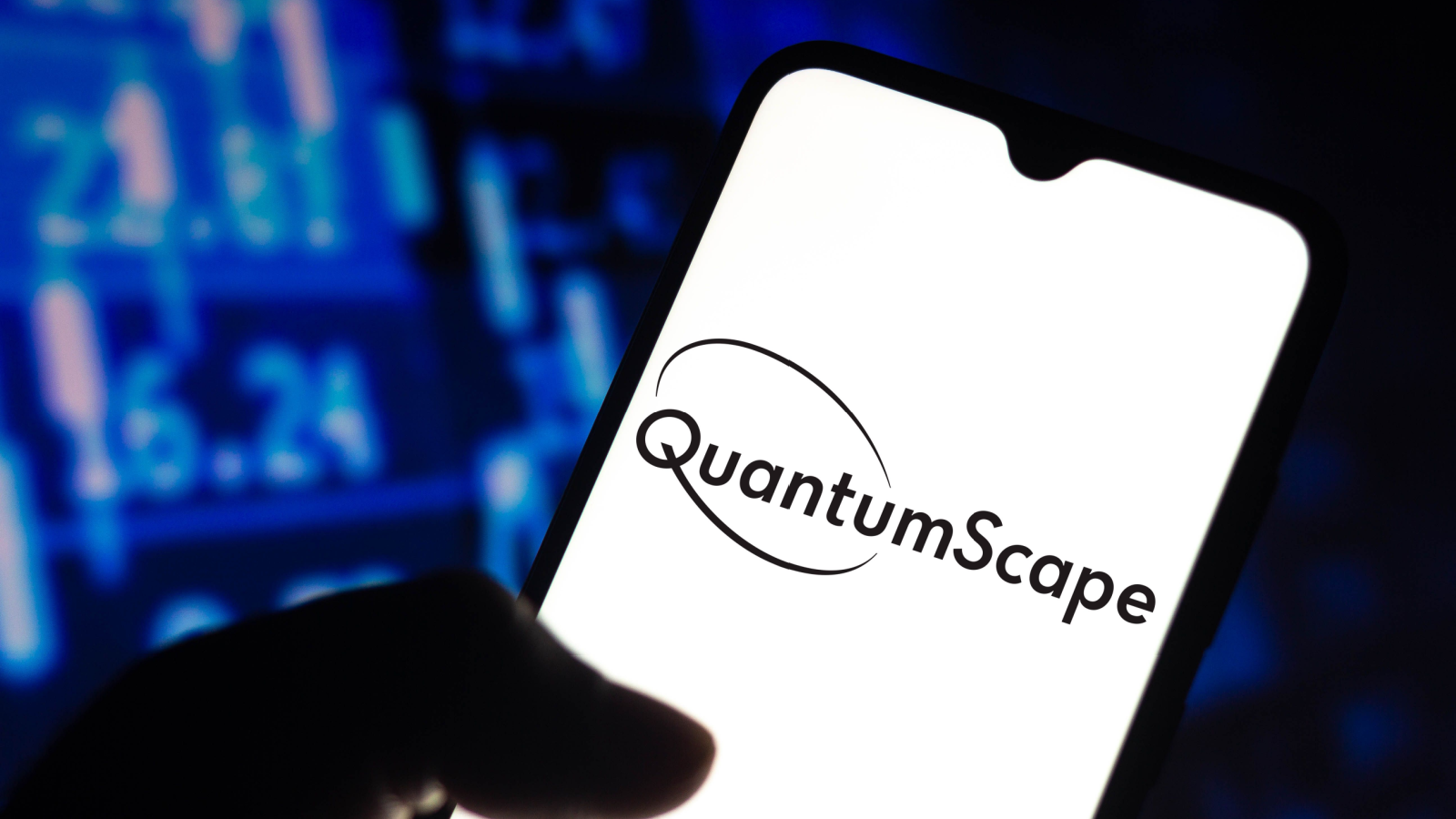Quantumscape (NYSE:QS) has had a rough go of it, so any QuantumScape stock forecast will have to address the company’s difficulties bringing its product to market.
It’s now or never for Quantumscape, I wrote last month. The company has been working on solid state batteries since 2010. It said in November its latest design can get 600 miles on a charge.
A Closer Look at QS Stock
Solid state batteries have become a holy grail for the electric vehicle industry. Lithium ion is dangerous, and it doesn’t deliver enough power for its weight to compete with gasoline. That’s why the fastest-growing EV company in China is Li Auto (NASDAQ:LI), which makes battery-first hybrids with gas engines for range.
The day after my story came out, Quantumscape jumped 40%. The reason was a lab test from Volkswagen (OTCMKTS:VWAGY) showed promising results.
The big deal here isn’t charge or range. It’s durability. The test indicated a Quantumscape battery can power a car that runs 300,000 miles without losing range.
This loss of range, from repeated charging and discharging, is why the industry is looking to battery swaps for its salvation. The idea, pioneered in China by Nio (NYSE:NIO), is that instead of recharging a battery, you just change it out. Nio says its swaps take less time than a recharge would take.
Quantumscape can make all this unnecessary. You should buy it, right?
Don’t Buy Quantumscape
The problem with press releases is they’re easy to write. Over the last year, Quantumscape has repeatedly teased reporters with positive stories. They did it a year ago; they did it in August, and they did it in January. Each time the stock popped, but then it quickly fell. Over the last year it’s down 25%.
That’s why some of the best analysts at InvestorPlace are telling readers to sell. Thomas Niel notes that other battery start-ups are approaching mass production, but Quantumscape isn’t there yet.
There are huge players like China’s CATL, Korea’s Samsung (OTCMKTS:SSNLF) and Japan’s Toyota Motor (NYSE:TM), working along the same lines as Quantumscape. Matthew Farley adds Japan’s Panasonic (OTCMKTS:PCRFY) and LG Chemical (OTCMKTS:LGCLF) to the list.
The uber-bear here is Chris MacDonald. Over the last month he has been pounding the table, telling investors to sell now. Even Volkswagen has lost patience with Quantumscape, he notes. The company may not have enough cash to reach its production date of 2026. Scaling up production won’t be easy, either.
Sell now before you lose your shirt, he says.
The QuantumScape Stock Forecast
Quantumscape is pointing to Feb. 14, its next earnings date, as important. Are the numbers good enough to give investors hope of a revival? Is Quantumscape finally ready to mass produce its Flex Frame battery cell?
CEO Jagdeep Singh is facing increasing pressure to get something, anything, into production. Even if it’s not perfect, it’s better than what’s out there. It can be improved later. Bulls like our Faisal Humayan say Feb. 14 is a date worth waiting on, given the test results.
I think it’s a date worth waiting on, too. If Singh delivers a production schedule, I’d recommend young speculators buy the stock. If he says the battery isn’t good enough for prime time, he will be writing the company’s obituary.
As of this writing, Dana Blankenhorn did not hold (either directly or indirectly) any positions in the securities mentioned in this article. The opinions expressed in this article are those of the writer, subject to the InvestorPlace.com Publishing Guidelines.
